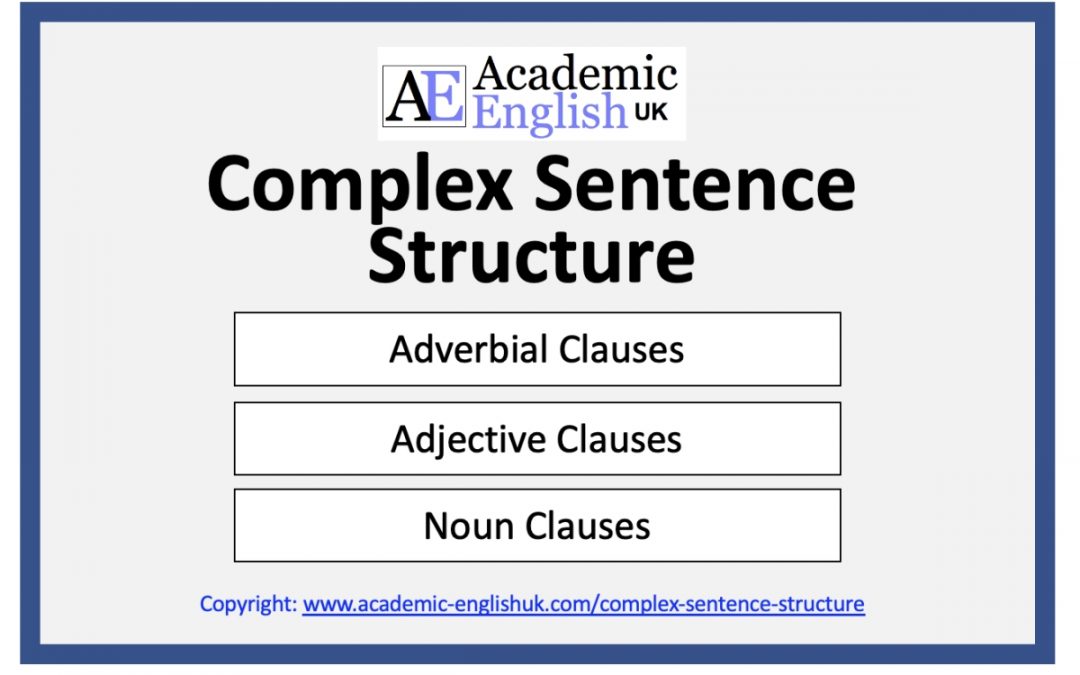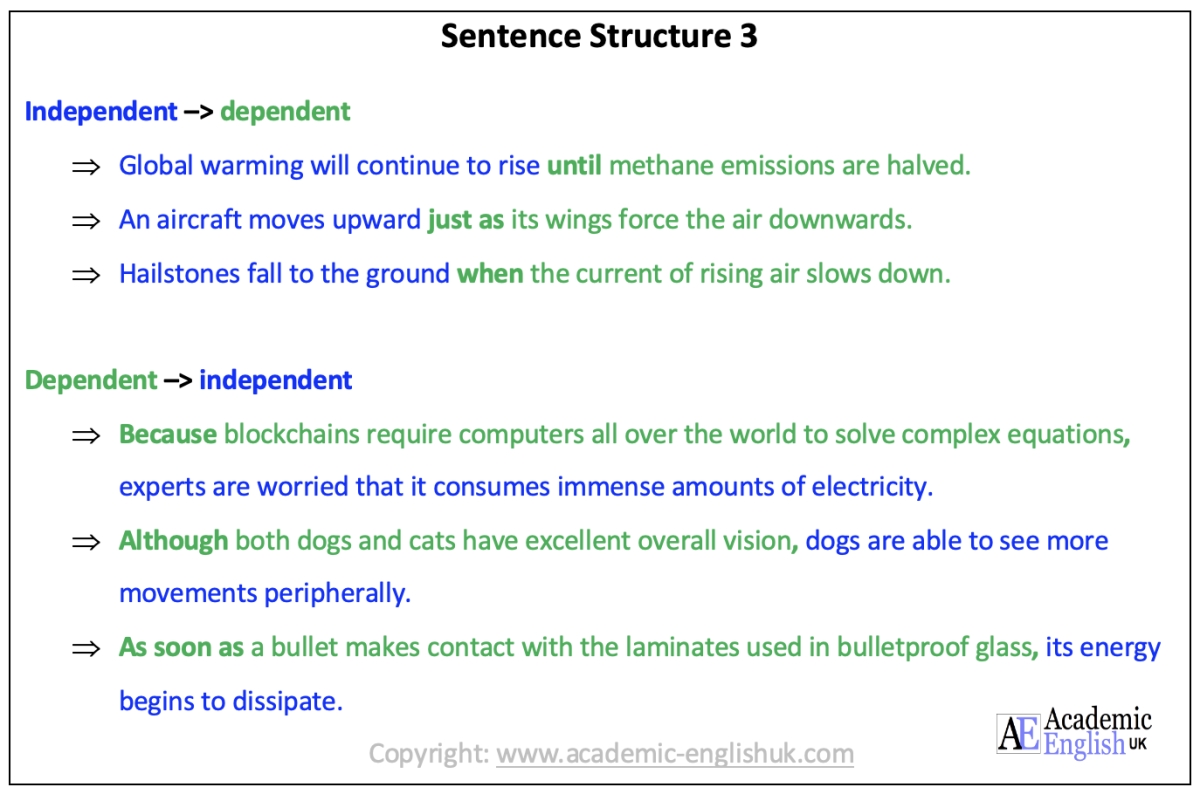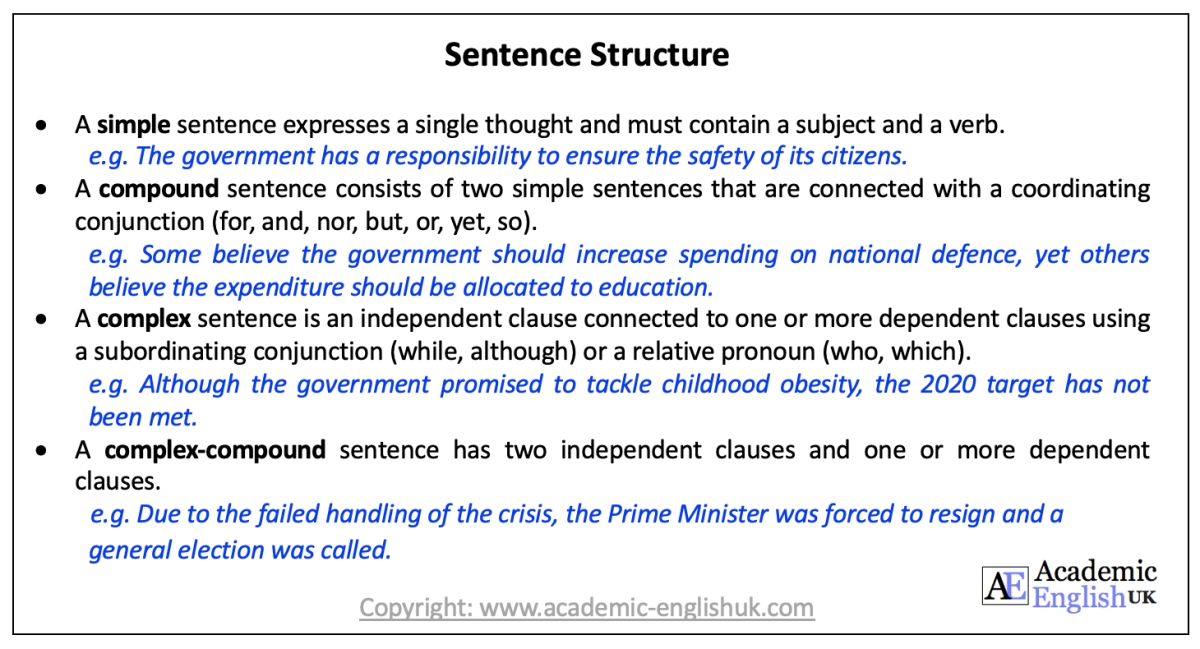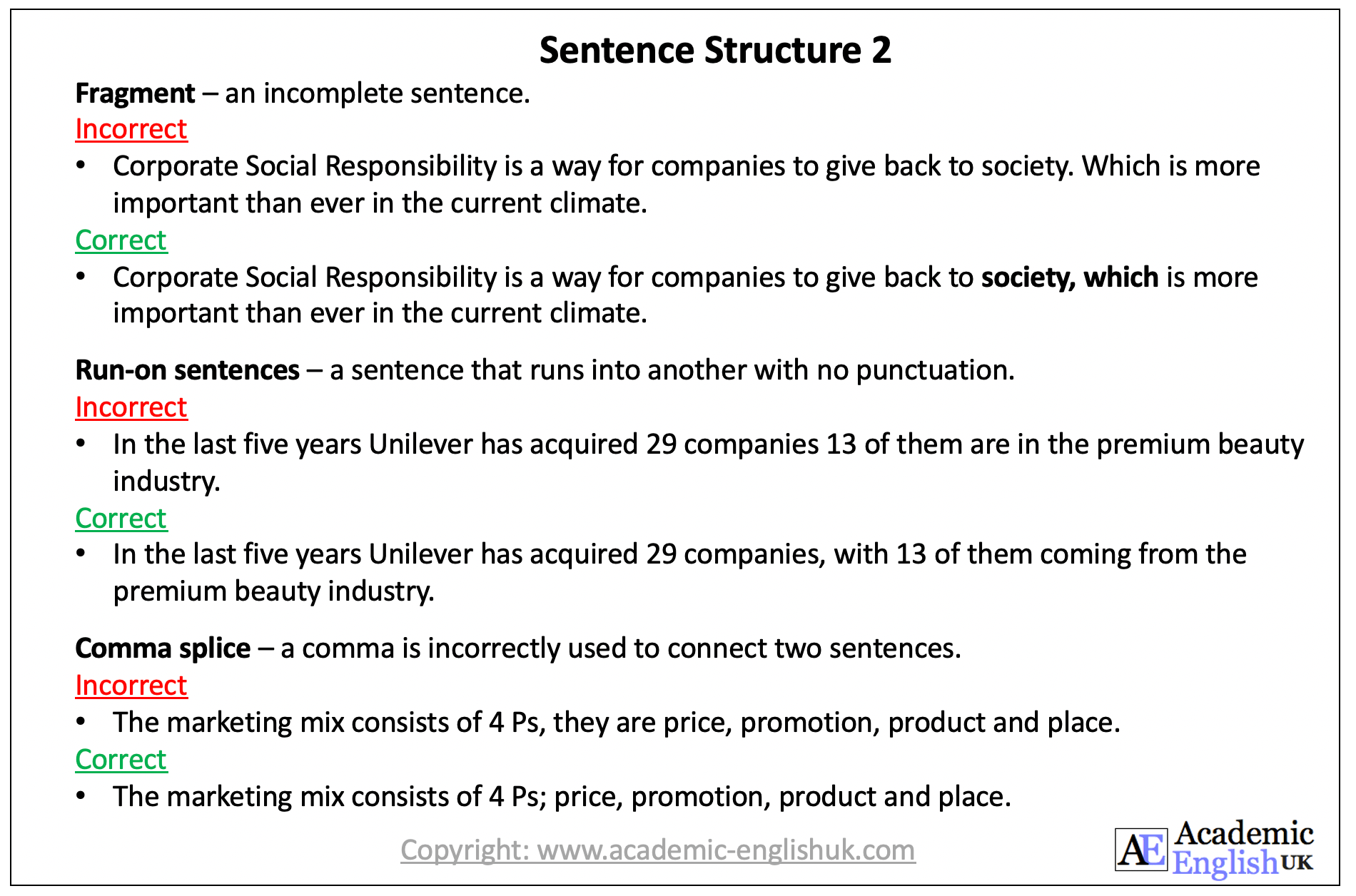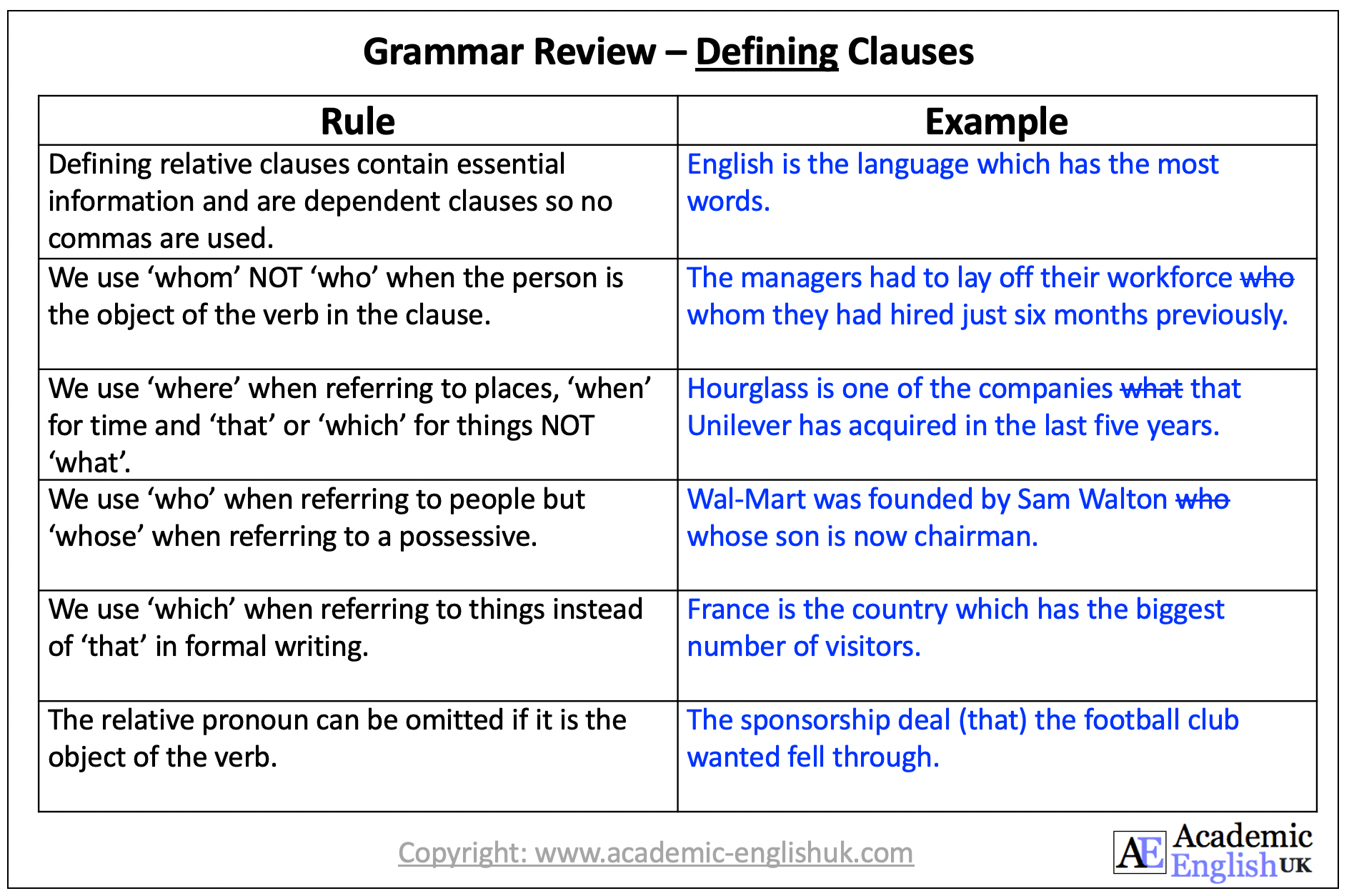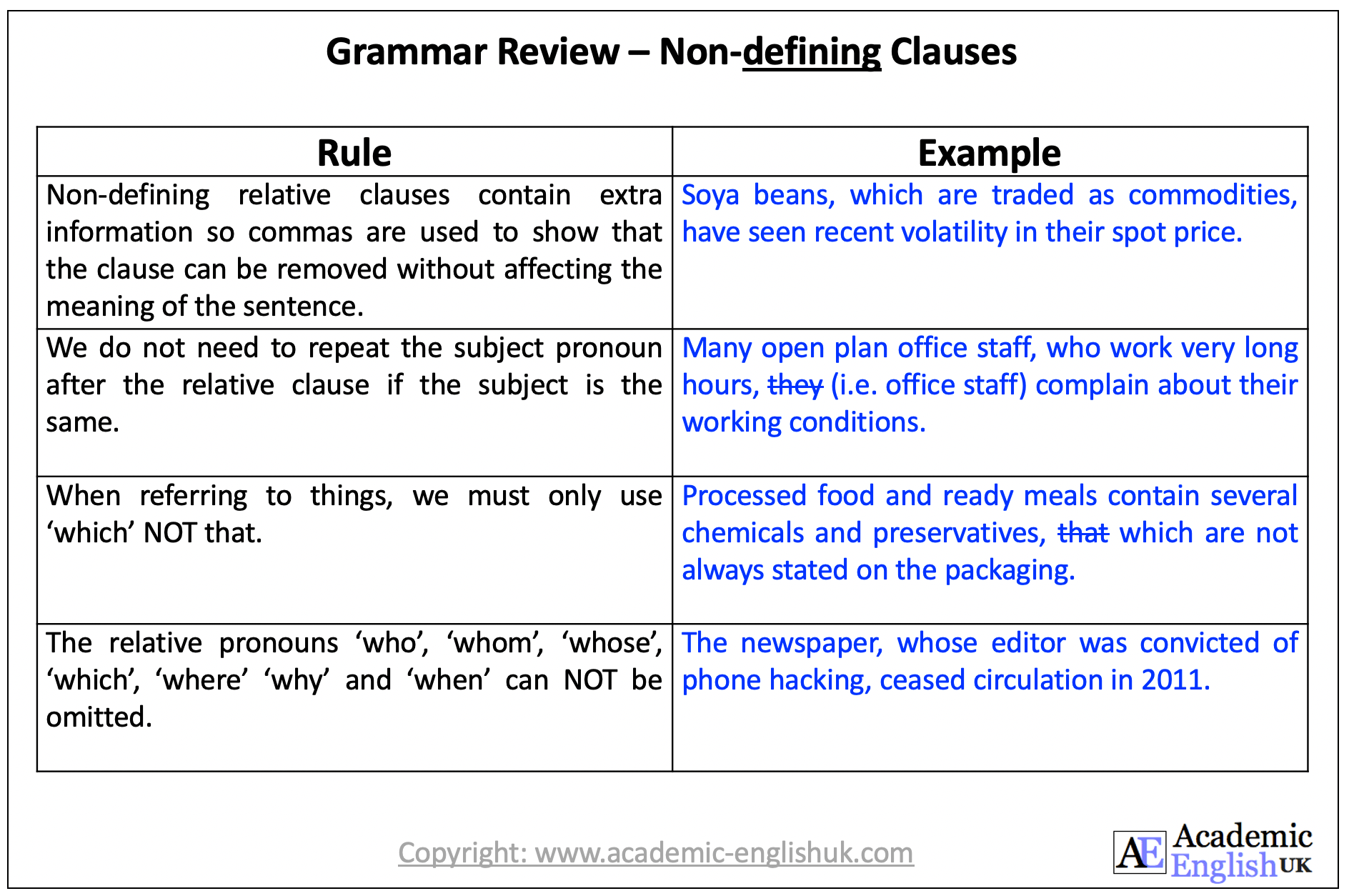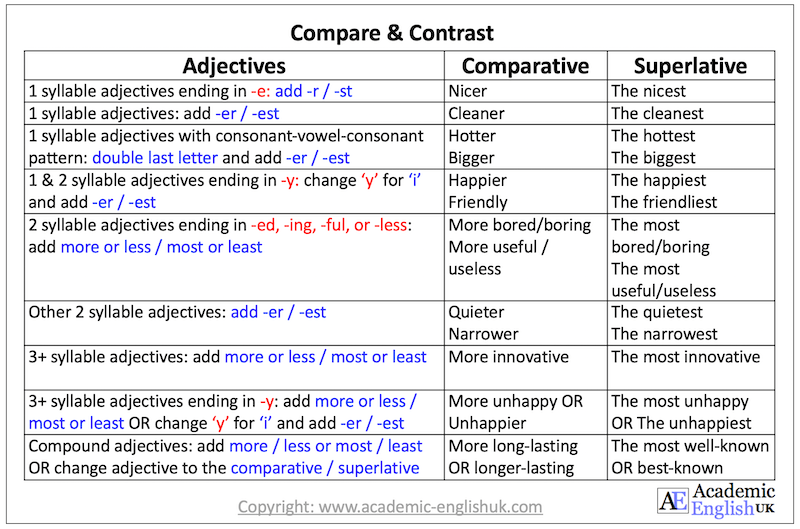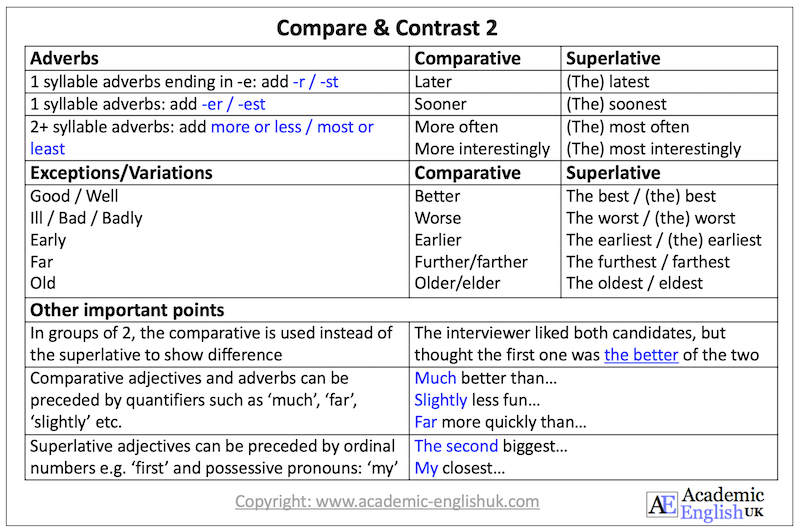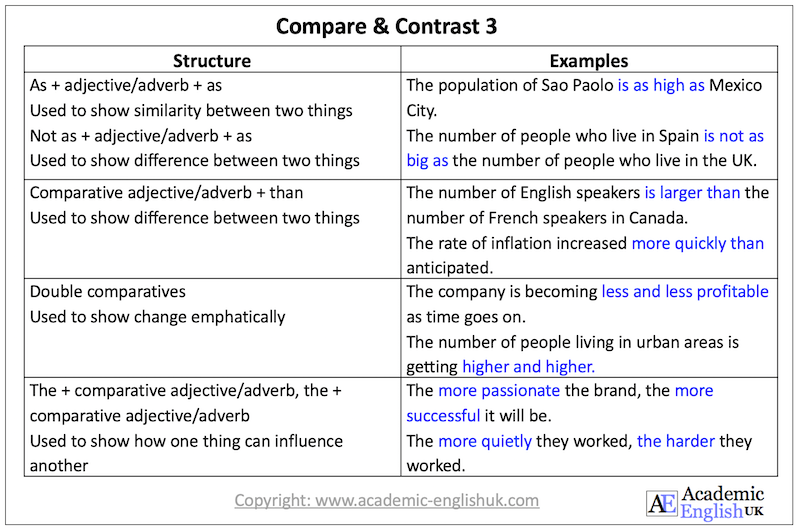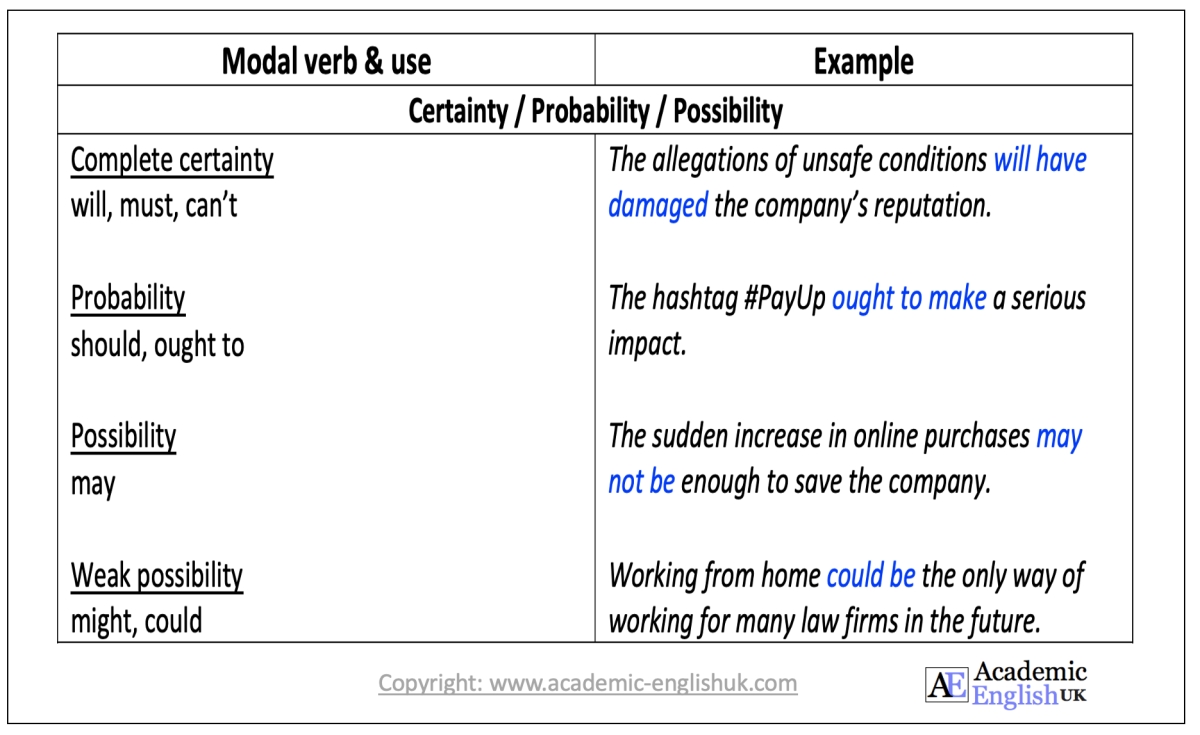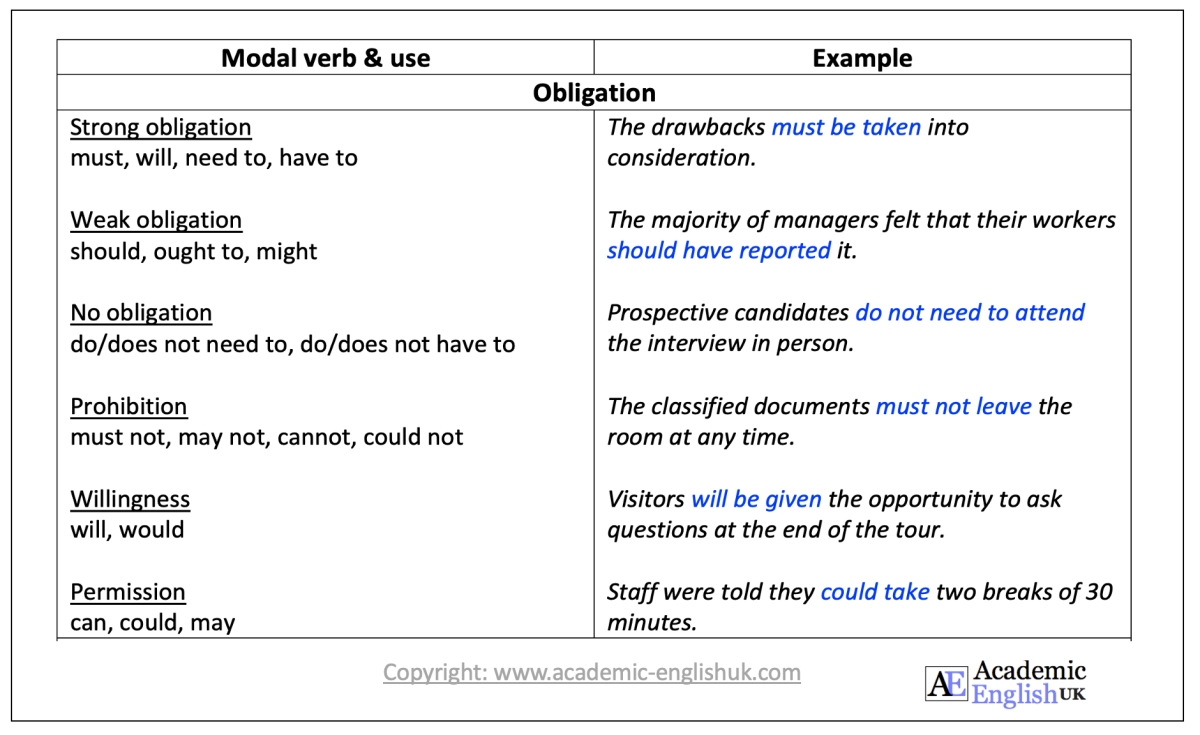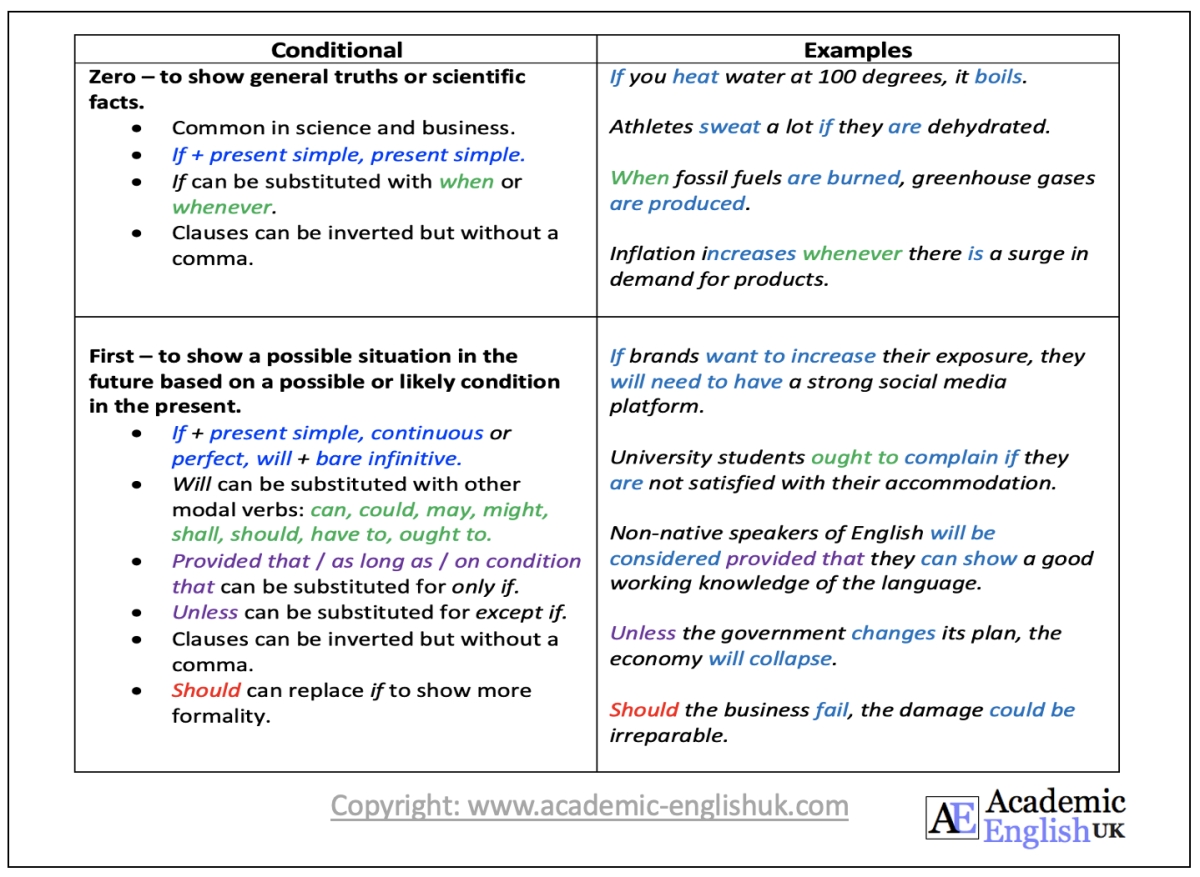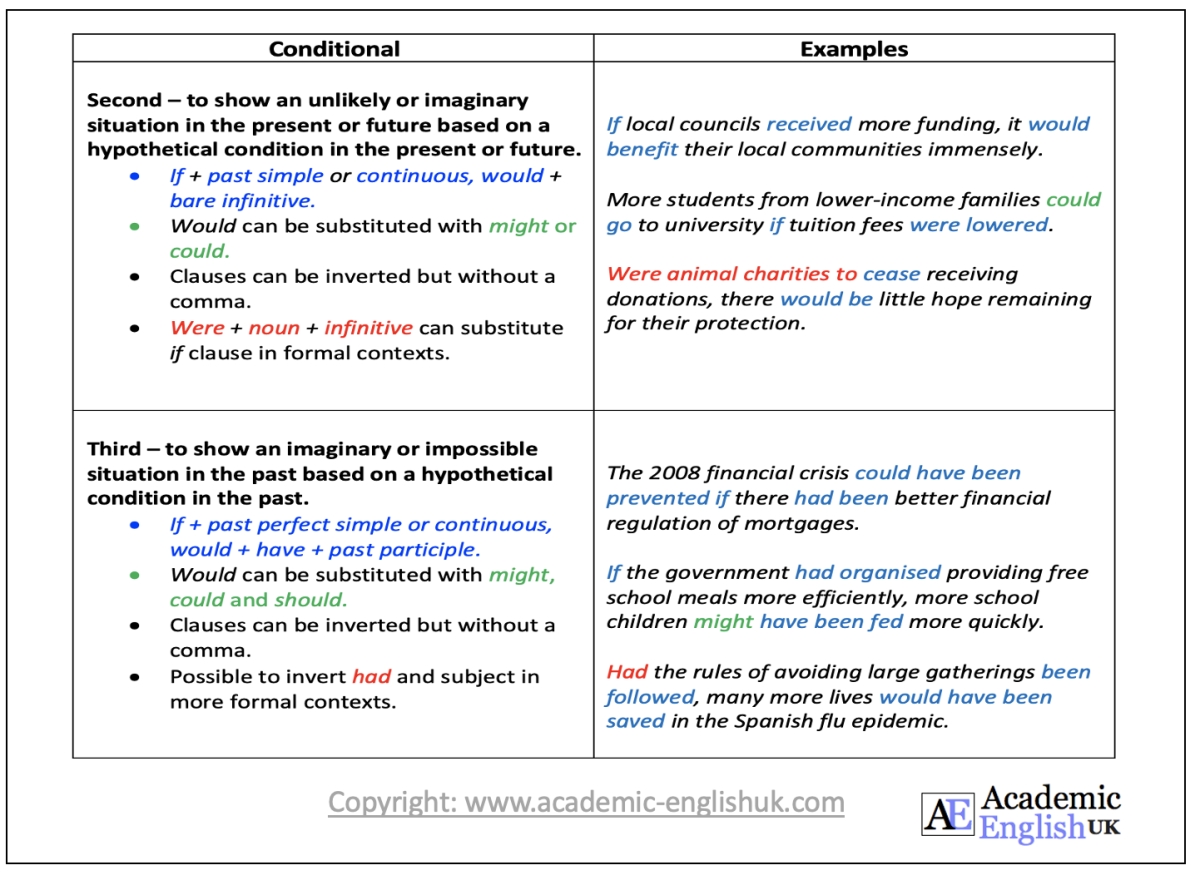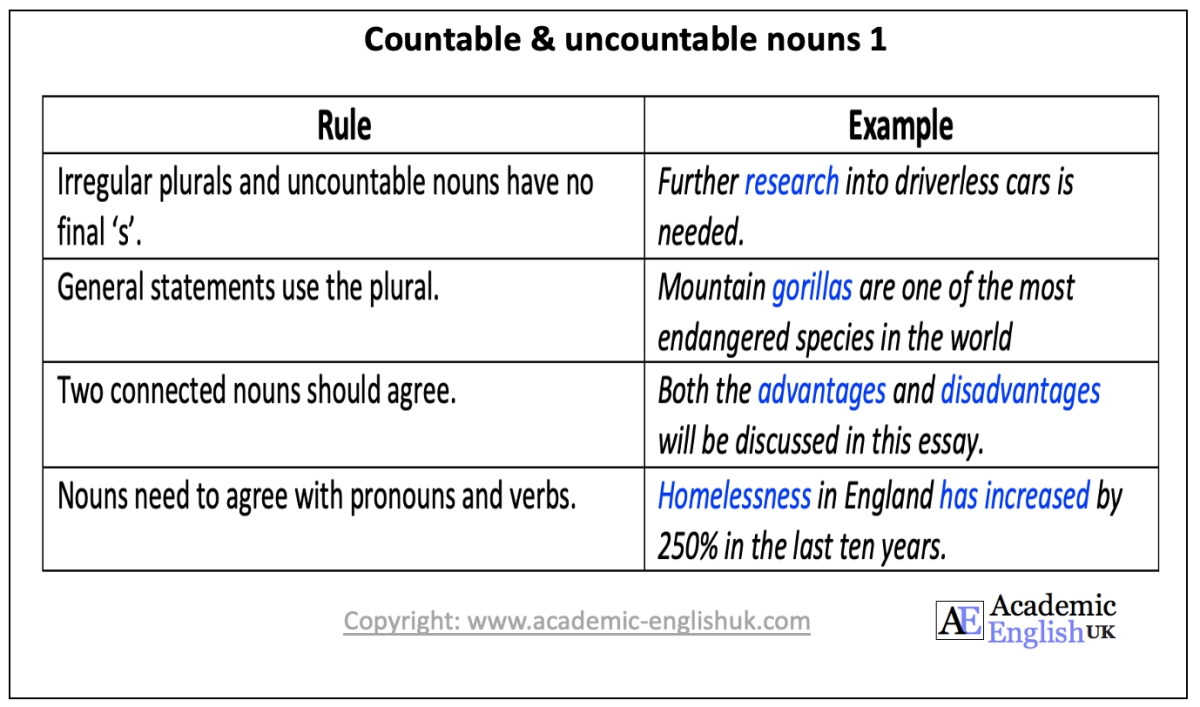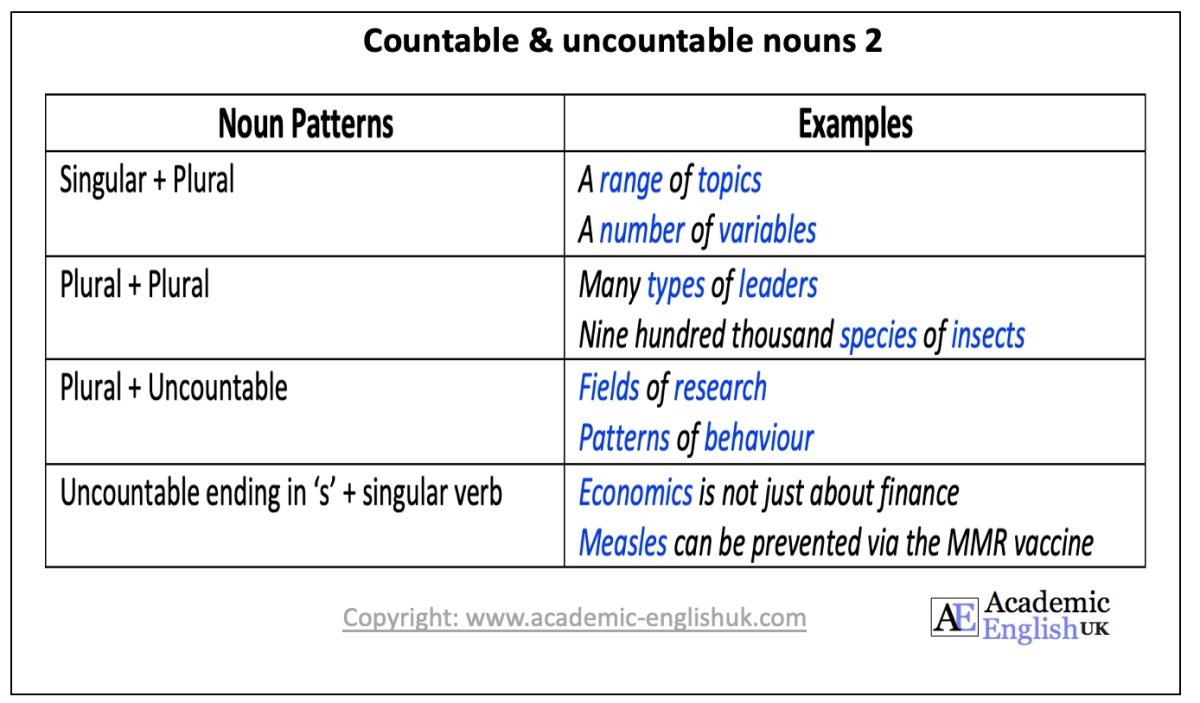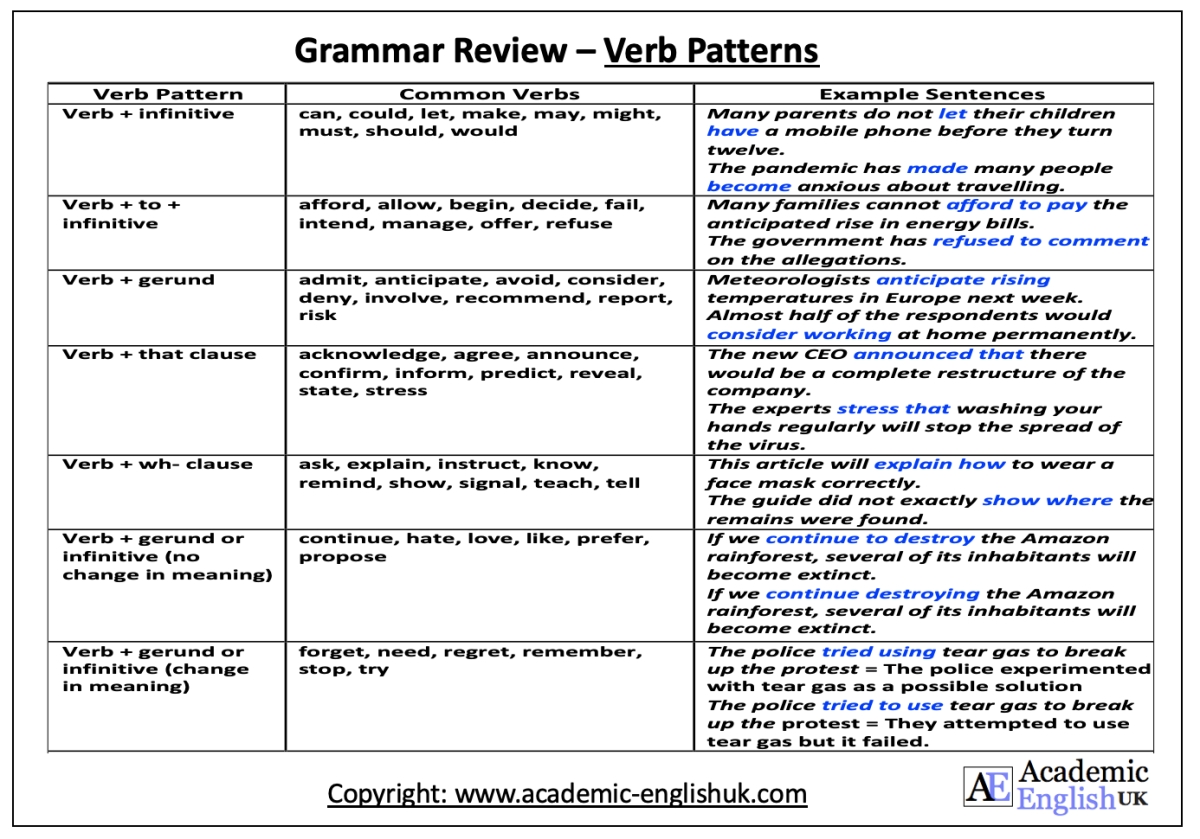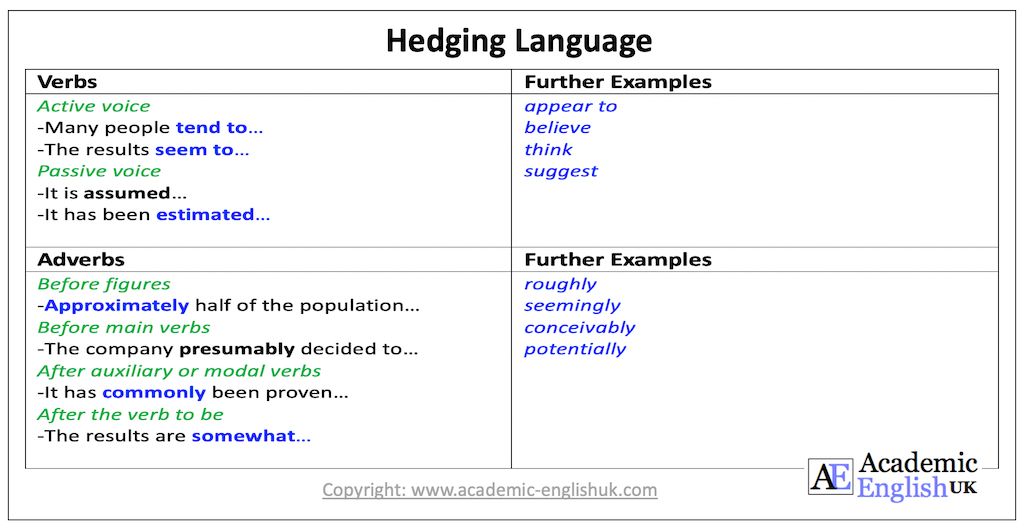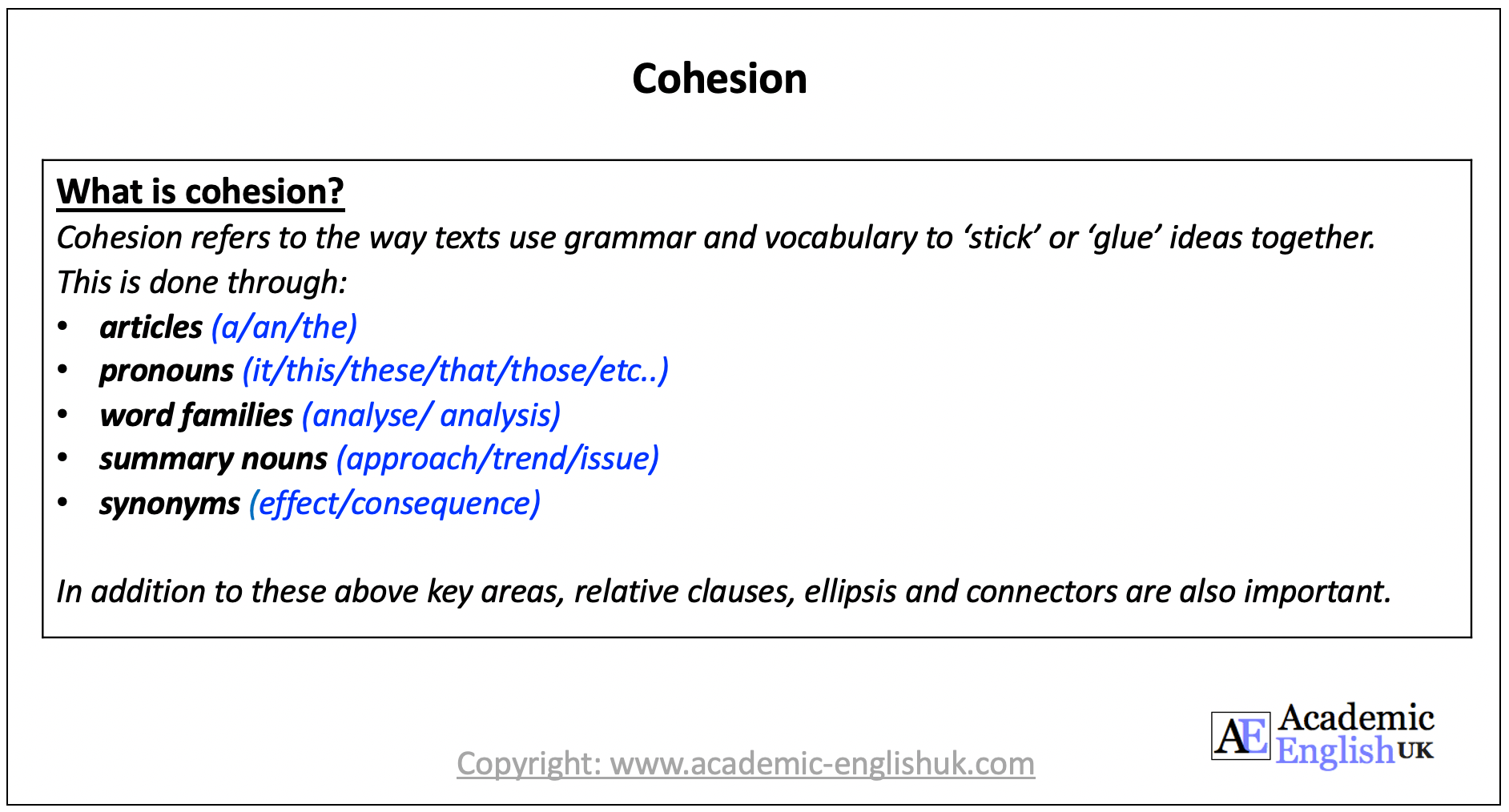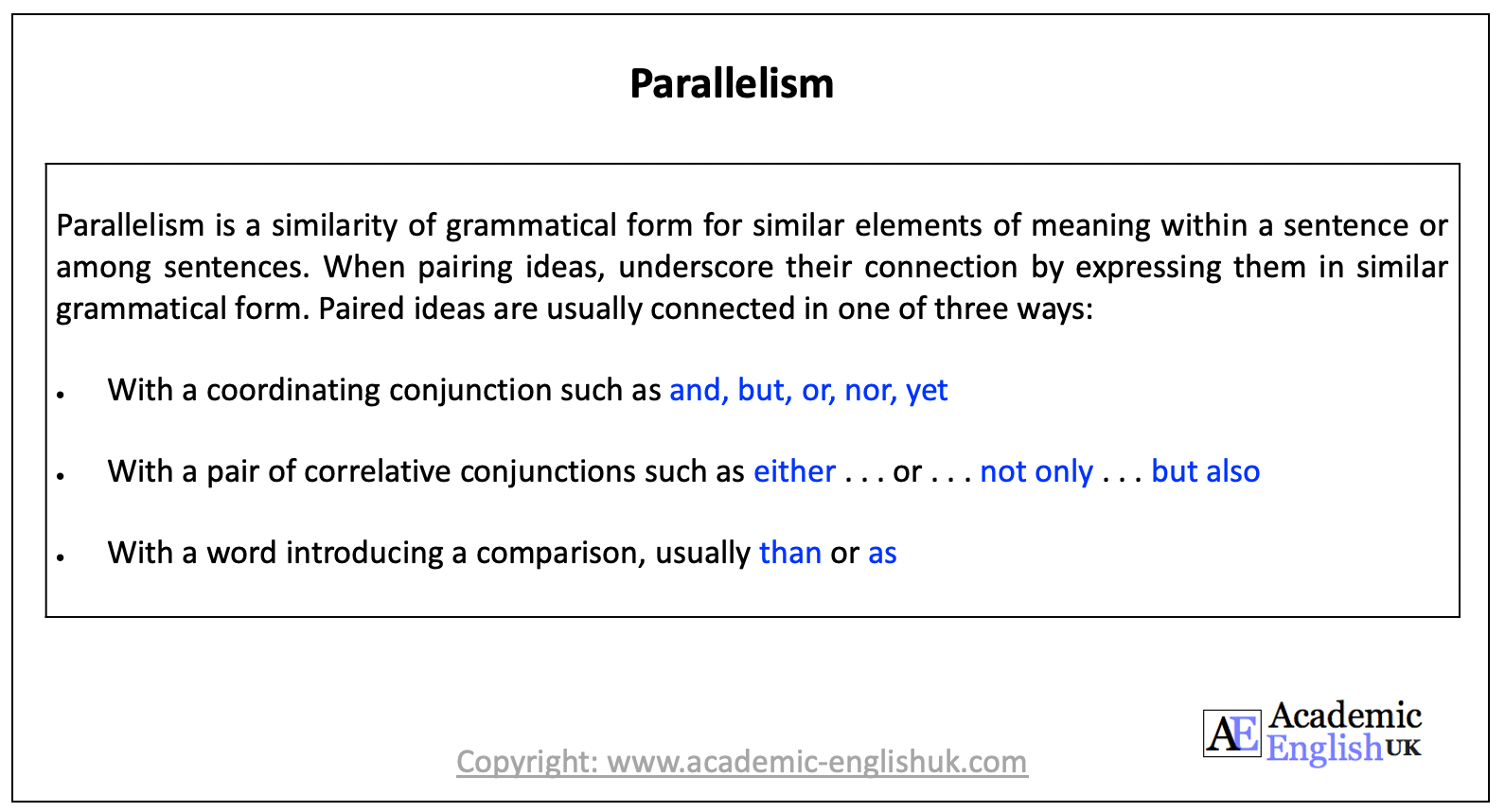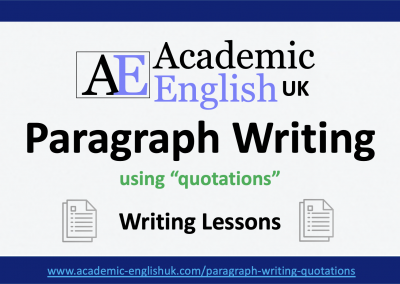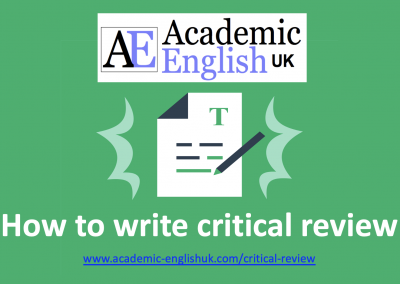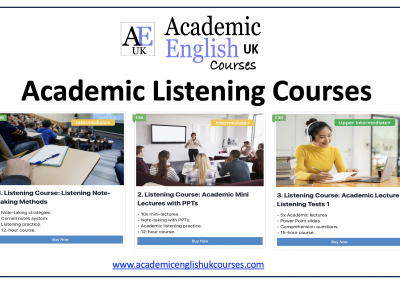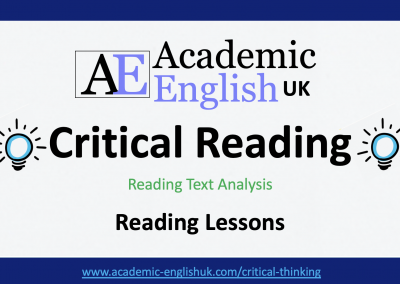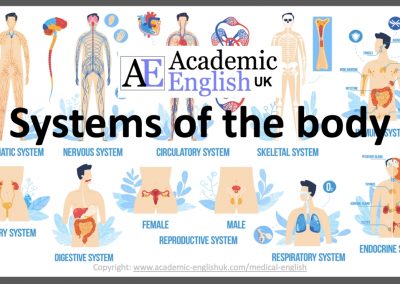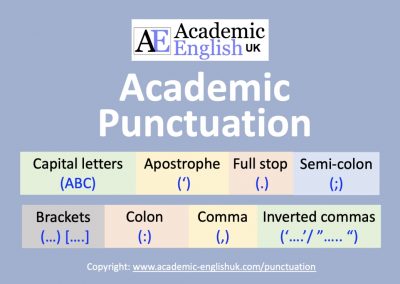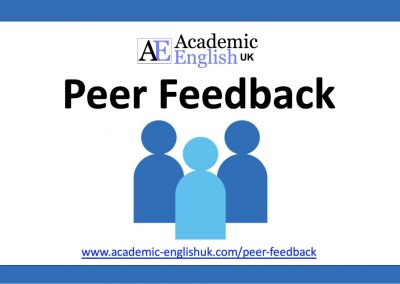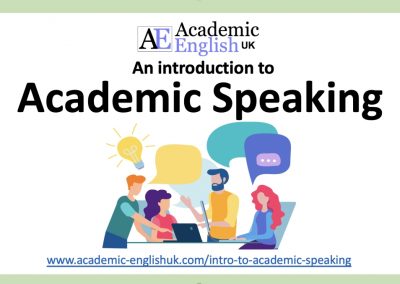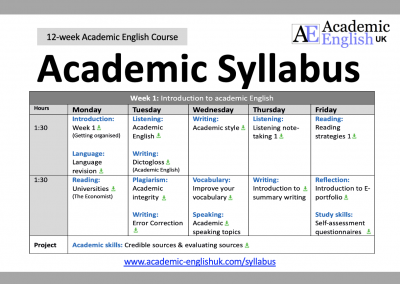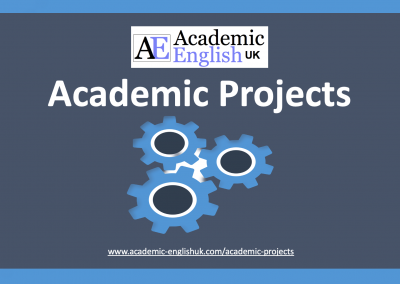Complex Sentence Structure
What is a complex sentence structure?
A Complex sentence is an independent clause connected to one or more dependent clauses using a subordinating conjunction (despite, although) or a relative pronoun (who, which). Three types of complex sentence clauses:
Adverbial Clause
Adverbial clauses are dependent clauses and are connected to an independent clause to form a complex sentence. Either the dependent or independent clause can come first in the sentence, but a comma must be used to separate the clauses if the dependent adverbial clause is fronted.
Adjective (Relative) Clauses
There are two types of adjective clauses: Defining (this is necessary as it identifies the noun. No commas are needed) and non- defining (this is not necessary to identify the noun, but it gives extra information. Commas are needed).
Noun Clauses
That clauses – Scientists predict that billions of people could face unliveable heat by 2070.
Wh-clauses – Researchers have described how a new bacterium can feed on plastic.
If clauses – Genetic enhancement will be needed if humans decide to colonize Mars.
Complex Sentence Structure Lesson [3] new 2022
Aim: This lesson helps to improve students’ understanding and practice of complex sentence structure.
Time: 90 minutes & homework task.
Sentence Structure 3: Complex sentence structure (STEM) [new 2022]
This lesson is to support students in their understanding and practice of complex sentence structure. The worksheets focus on three structures: adverbial, adjective and noun clauses and contain key explanations and sentence and paragraph-level practice within a STEM context (see worksheet example) Time: 90mins. Level ***** [B1/B2/C1] TEACHER MEMBERSHIP / INSTITUTIONAL MEMBERSHIP
More Sentence Structure Lessons
Sentence Structure Lesson 1
Aim: To support students in their understanding and practice of the four types of sentence structures: simple, compound, complex and complex-compound.
Time: 60 minutes & homework task
Sentence Structure 1: simple, compound, complex & complex compound [new 2020]
This lesson is to support students in their understanding and practice of the four types of sentence structures: simple, compound, complex and complex-compound. It includes noticing, guided and freer practice. (see worksheet example) Time: 60mins. Level ***** [B1/B2/C1]. / TEACHER MEMBERSHIP / INSTITUTIONAL MEMBERSHIP
Sentence Structure Lesson 2
Aim: To support students in their understanding and practice of fragment, run-on and comma splice sentence structure
Time: 60 minutes & homework task
Sentence Structure 2: fragment, run-on & comma splice sentences [new 2020]
This lesson helps improve students’ sentence structure through identifying and practising fragments, run-ons and comma splice sentences. It includes noticing, guided and freer practice. (see worksheet example) Time: 60mins. Level ***** [B1/B2/C1]./ TEACHER MEMBERSHIP / INSTITUTIONAL MEMBERSHIP
Relative clauses
Aim: To support students in their understanding and use of defining & non-defining relative clauses.
Time: 60 minutes plus homework task.
Relative clauses: defining & non-defining clauses [new 2020]
This lesson is to support students in their understanding and use of defining & non-defining relative clauses.The lesson includes four tasks of guided practice and two tasks of freer practice (see worksheet example) Time: 60mins. Level ***** [B1/B2/C1]. / TEACHER MEMBERSHIP / INSTITUTIONAL MEMBERSHIP
Cause & effect language
Aim: To support students in their understanding and use of cause & effect language.
Time: 60 minutes plus homework task.
Cause & effect language: causes, effects and related language [new 2020]
This lesson helps improve students’ awareness of cause and effect language. It includes a language review section, lots of guided practice and freer paragraph writing practice. (see worksheet example) Time: 60mins. Level ***** [B1/B2/C1] / TEACHER MEMBERSHIP / INSTITUTIONAL MEMBERSHIP
Compare & contrast
Aim: To support students in their understanding and use of compare & contrast language.
Time: 60 minutes plus homework task.
Compare & contrast: comparatives and superlatives [new 2020]
This lesson helps improve students’ awareness of compare and contrast language. It includes a language review section, lots of guided practice and freer paragraph writing practice. (see worksheet example) Time: 60mins. Level ***** [B1/B2/C1]. / TEACHER MEMBERSHIP / INSTITUTIONAL MEMBERSHIP
Modals
Aim: To support students in their understanding and use modal auxiliary verbs.
Time: 60 minutes plus homework task.
Modal Auxiliary Verbs [new 2021]
This lesson helps improve students’ awareness of modal verbs. It includes a language review section, lots of guided practice and freer paragraph writing practice. (see worksheet example) Time: 60mins. Level ***** [B1/B2/C1] TEACHER MEMBERSHIP / INSTITUTIONAL MEMBERSHIP
Conditionals / If clauses
Aim: To support students in their understanding and use conditionals.
Time: 60 minutes plus homework task.
Conditionals [new 2021]
This lesson helps improve students’ awareness of conditionals. It includes a language review section, lots of guided practice and freer paragraph writing practice. (see worksheet example) Time: 60mins. Level ***** [B1/B2/C1] TEACHER MEMBERSHIP / INSTITUTIONAL MEMBERSHIP
Uncountable & Countable Nouns
Aim: To support students in their understanding and use of accountable and uncountable nouns.
Time: 60 minutes plus homework task.
Countable and uncountable nouns [new 2021]
This lesson helps improve students’ awareness of countable & uncountable nouns. It includes a language review section, lots of guided practice and freer paragraph writing practice. (see worksheet example Time: 60mins. Level ***** [B1/B2/C1] TEACHER MEMBERSHIP / INSTITUTIONAL MEMBERSHIP
Verb Patterns (-ing forms & to-infinitives)
Aim: To support students in their understanding and use of verb patterns.
Time: 60 minutes plus homework task.
Verb Patterns [new 2021]
This lesson helps improve students’ awareness of verb patterns (verb + infinitive, verb + to infinitive, verb + gerund, verb + that clause, verb + wh-clause) . It includes a language review section, lots of guided practice and freer paragraph writing practice. see worksheet example Time: 60mins. Level ***** [B1/B2/C1] TEACHER MEMBERSHIP / INSTITUTIONAL MEMBERSHIP
Academic Hedging Lesson
Aim: To support students in their understanding and use of hedging (cautious/tentative) language.
Time: 60 minutes plus homework task.
Hedging: Cautious / tentative language [new 2020]
This lesson supports students in their understanding & use of cautious / tentative language.The lesson includes six tasks of guided practice & two tasks of freer practice (see worksheet example) Time: 60mins & homework. Level ***** [B1/B2/C1]. / TEACHER MEMBERSHIP
Cohesion
Aim: To support students in their understanding and use of cohesive devices in a text
Time: 60 minutes
 Cohesion & Coherence Worksheet – AEUK
Cohesion & Coherence Worksheet – AEUK
This worksheet helps to consolidate what ‘cohesion’ is with a focus on pronouns, word forms and summary nouns. It also includes a coherence sheet on key connections and two practice activities. Example Level: ***** [B2/C1] / TEACHER MEMBERSHIP / INSTITUTIONAL MEMBERSHIP
Parallelism
Aim: To support students in their understanding and use of parallelism in writing.
Time: 30 minutes
X
 Parallelism Worksheet: 8 exercises
Parallelism Worksheet: 8 exercises
This worksheet provides an explanation of the key concepts of ‘parallelism’ and provides an error correction exercise to practise the key concepts. An awareness of this writing element really helps establish unity and readability in sentence structure. See Example worksheet. Level: ***** [B1/B2/C1] TEACHER MEMBERSHIP / INSTITUTIONAL MEMBERSHIP
X

